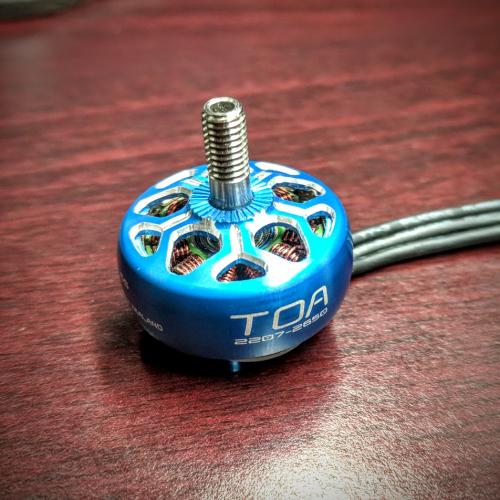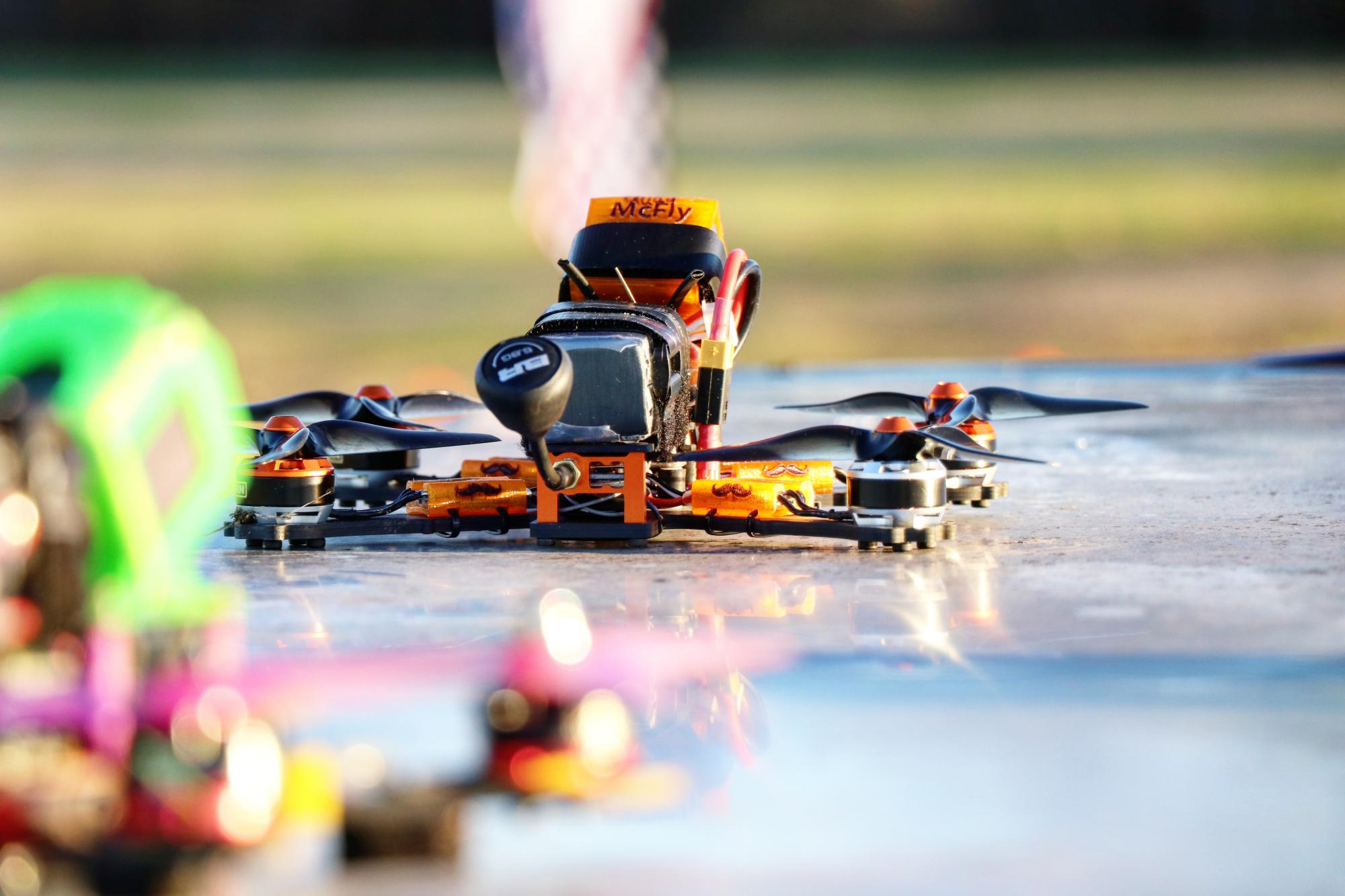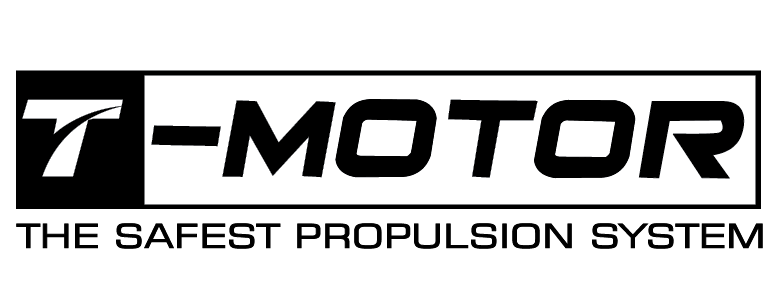Karearea's latest offering in the luxury motor segment.
Check out the full list of motors in this series here
Summary
Published: Apr 16, 2019 by quadmcfly

| Tested KV: | 2700kv |
| Weight: | 33.8g |
| Stator W: | 22mm |
| Stator H: | 7mm |
We've had many requests for this motor, and I was excited when Karearea offered to send them over for testing. This is a motor designed from the ground up to be a high-end offering, both in performance and aesthetics. Every aspect of this design was planned and executed with precision that is impressive. There are a few key peices to the overall design and execution that really stand out. The bell design is probably the most obvious. The Toa follows the trend of a number of recent motors in the single piece aluminum bell with an internal steel flux ring. While this techinque is largely aesthic, it does add a very nice touch to the design and allows for better quality etching of the graphics and text as well as more surface area for the glue that holds the flux ring in place. This does add approximately 1g of non-productive weight. In addition to the aesthetics of the design, Karearea has gone with a higher density alloy than is typically used in motor bells with a very high quality 7075 material. The hardness here is actually on par with mild steel and is demonstrated by the design of the bell. The strength of the material allows for very thin supporting arms on the design of the upper bell. Again, this isn't necessarily inhrently better than a milder aluminum alloy that has been accounted for well in the design, but it definitely allows for a sleeker design. Strength is always a tradeoff between flexibility and brittleness, so it remains to be seen if - given the design - these hold up better under stress than other motors using softer alloys but thicker material. The last notable trait on the bell is the excellent ridged prop grip below the prop shaft. One of my most common complaints with motors is the lack of sufficient grip, which leads to over-tightening and increased wear nuts, as well as difficulty chaning props. Moving inside the bell, the magnets on this design are extremely thic, and the air-gap is essentially non-existant. The interior steel flux ring inculdes a lower lip to help retain the magnets. There is also a flexible plastic ring that sits above the motor base, preventing long screws from shorting the windings. The Titanium alloy shaft is retained with high-carbon alloy steel M3, 2mm hex drive bolt, which solves any issues in quickly servicing the motors. The winds are thick single-strand wire. Overall my only complaint here is that much of the design choices are more focused on durability and performance than weight, making this motor come in a bit on the heavy side for a 2207 at nearly 34g.
Results
Given the attention to detail on this motor, and the design choices made in terms of performance impact, the results here are near the top of the range. Kv tested a tad higher than stated, coming in closer to 2700kv. The high Kv and high torque nature of this motor narrows the range of viable props a bit, keeping in to the low to mid loaded 5" props. The light props easily cleared 1500g of thrust at a decent efficiency range, in the low to mid 40A draw. Mid-weight 5" tri-blades climed quickly, droppign efficiency a tad and getting closer to the 50A range but easily clearing 1600g of thrust. This motor is definitely going to be one to watch the throttle with the upper third stressing batteries to their limits. Lower throttle ranges are still in normal efficiency range. The HQ v1s 5x4x3 really shone near the top of the throttle in terms of efficiency, while the Lumenier dual-blade 5x4.5 and HQ classic 5x4x3 seem to excel on this motor a low and mid throttle. This motor definitely delivers both torque and power, showing excellent response curves on all props. Overall, remarkable work from Karearea, in both aesthetics and performance.










































